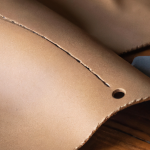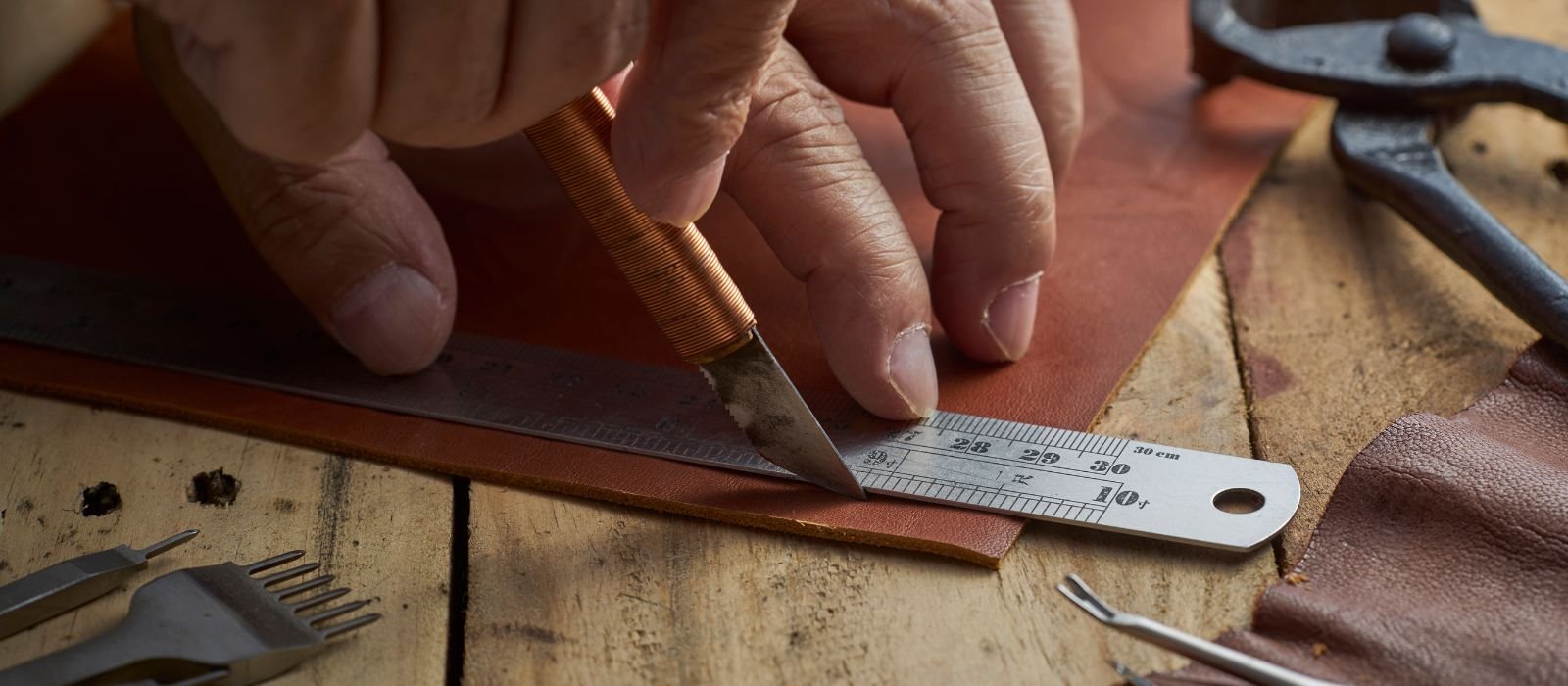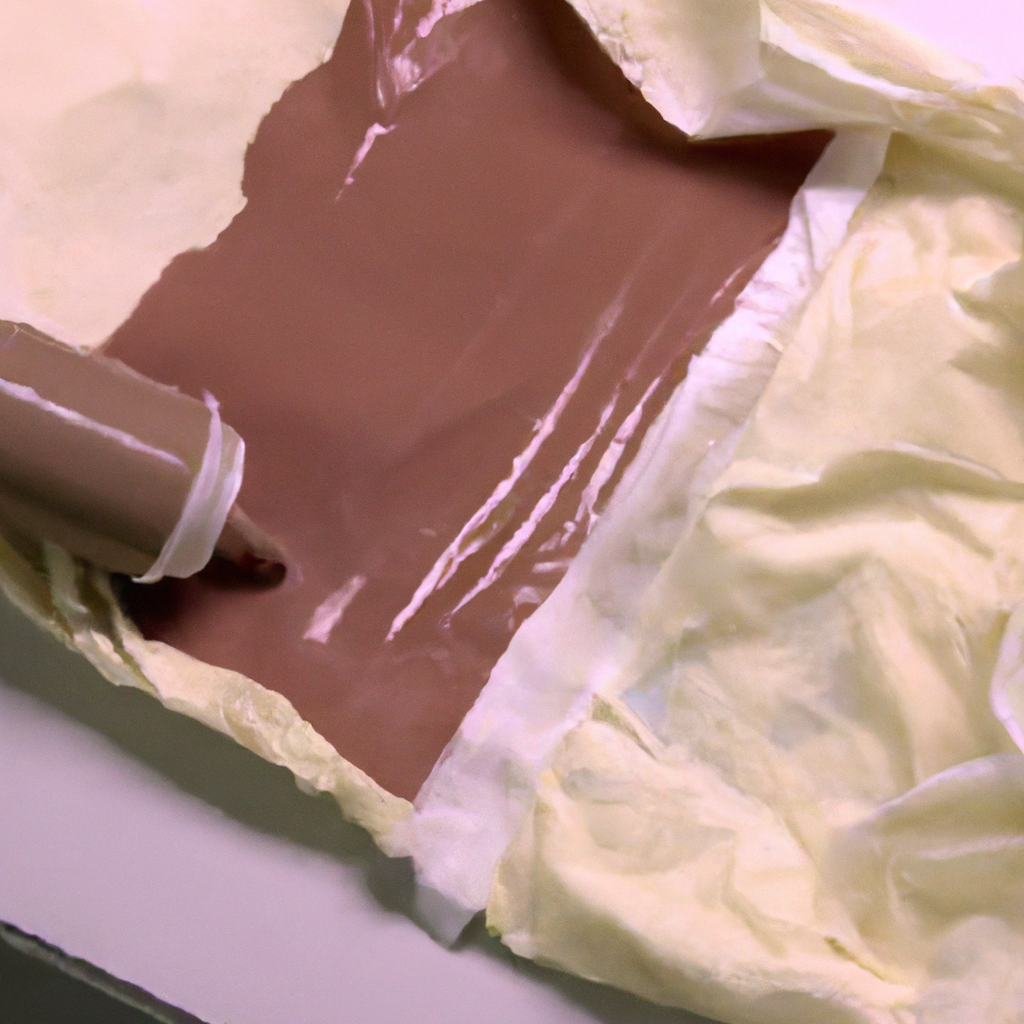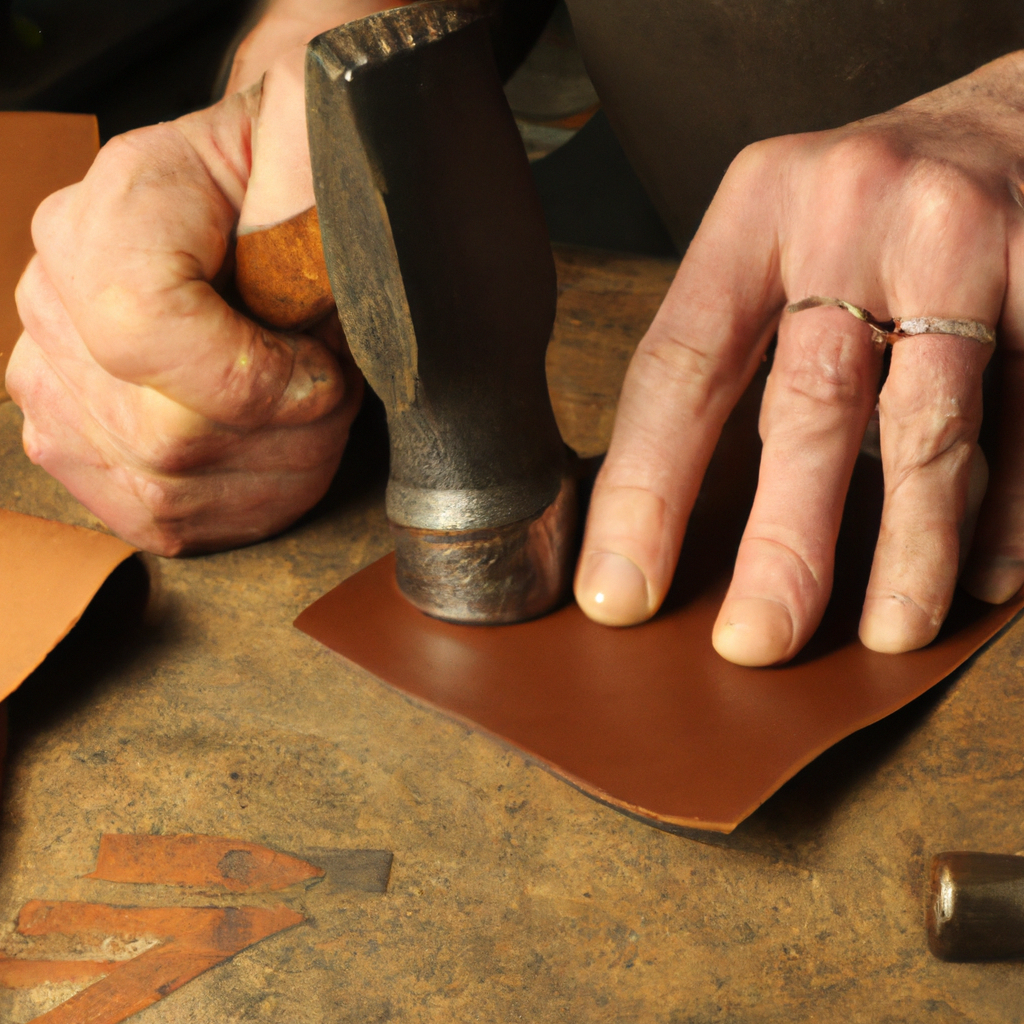The main difference between 9 vs 12 Copper Rivets
The main difference between #9 and #12 copper rivets is their size. #9 copper rivets are larger in size with a diameter of 1/2-5/8 inches, while #12 copper rivets are thinner in size. Additionally, #9 copper rivets are typically used in applications where extreme stress is applied, such as saddle construction, while #12 copper rivets can be used for general purpose use, along with #14s. The choice between the two sizes ultimately depends on the specific needs of the project and the type of stress the rivets will be under. It’s also important to consider the availability and cost of the size of the rivet.Copper Rivets
What Are Leather Rivets?
Leather rivets are metal fasteners used to join two pieces of material together, usually leather. They are a common tool in leatherworking and offer a secure and decorative way to add style and strength to bags, belts and other items. A typical rivet consists of a cap, washer, burr and stem/post. These components come in brass and copper finishes with the stem/post usually being made of brass or copper. Using a specialized tool, the stem/post is inserted through both layers of leather material and the cap is then placed over the stem/post on one side while the washer covers the backside. A burr is then set over the cap which holds it securely in place. This method forms an incredibly strong bond between two pieces of leather without having to use any additional adhesives. Leather rivets are an invaluable tool for anyone working with leather and can be purchased from most craft shops or online retailers who specialize in leatherworking supplies.Types of Leather Rivets
Leather rivets are a type of fastening hardware that is used for attaching two pieces of leather together. They’re typically made from metal and come in many different sizes and shapes. There are several types of leather rivets available, including plain, decorative, double-cap, and conical styles. Plain rivets are the most basic style and can be used to securely attach two pieces of leather without any additional embellishment. Decorative rivets add an extra layer of visual appeal and can be used to create interesting patterns or designs on leather projects. Double-cap rivets are great for ensuring a secure hold as they have two caps – one on each side of the leather pieces – that must be hammered in place. Conical rivets have a cone-shaped head which makes them ideal for applications where a smooth finish is desired. No matter which type you choose, leather rivets will ensure that your next project has a strong bond that won’t come undone easily!Common Leather Rivet Materials
Rivets are a great way to secure materials together, and leather rivets are often used for projects that require durability. The most common material options for leather rivets are brass and copper. Brass rivets are often used for bags and belts, as they provide a classic look and great strength. Copper rivets have the same strength but provide a different look, so it’s up to you which option you’ll choose for your project. Both brass and copper rivets can easily be found in a hardware or craft shop. To use the rivet, simply slide the post through the two layers of leather you want to attach, then put the back of the rivet into the hole created by pushing on the post. Next you’ll need to secure the rivet with a setter tool, or hammering it with a flat surface like a steel block or anvil. With this method, your project will be held together securely with these metal pieces!Leather Rivet Sizes and Uses
Leather rivets are an essential part of any leatherworking project, as they are used to attach two pieces of leather together. The size and type of rivet required for a project depends on the thickness of the leather being used and the style of the project. The most common types of rivets are copper or solid copper, available in sizes 10, 12, 15, and 19mm. Each size has a different cap diameter and post length for a particular application. For example, a 10mm copper rivet has a standard cap diameter of 8mm and post length of 6mm. A 12mm copper rivet has a 9mm cap diameter and 8mm post length. Solid copper rivets have thicker caps than standard copper rivets, making them better suited to use with thick leathers such as belts or bags. A solid copper 19mm rivet has a 0.75 inch cap diameter and 1 inch post length. To add these types of rivets to your project you will need the right tools such as a punch, burr, or washer setter tool. Once you have selected the correct size and type of rivet for your project you can easily add it using these tools to finish off your piece in style!How to Set Leather Rivets
Leather rivets are a great way to join two pieces of leather together. To set the rivet, you will need a setting tool, which is available in many craft stores. Begin by punching a hole through your leather using a leather punch. Place the rivet through the hole and make sure it is secure. Use the setting tool to press down on the back of the rivet until it is completely flush with the leather. Make sure that you have pressed down evenly so that you do not create an uneven surface on either side of the material. Finally, use a hammer to tap lightly on the backside of the setting tool until it is securely fixed in place. Once this is complete, your leather rivet should be firmly attached and ready for use!Helpful Leather Rivet Insights
Leather rivets are a useful resource to have when working with leather. They consist of two parts, a post and a cap, and come in various lengths and thicknesses to suit different applications. Installation is usually easy; the post is pushed through the leather, then the cap is tapped into place with a hammer or similar tool. Knowing what type of rivet to use for which project can be helpful; thicker rivets are better for heavier weight materials, while longer posts are better for projects that require multiple layers of leather. In addition, using a strong adhesive on either side of the post before installation can provide extra security and stability. Leather rivets can be an incredibly useful tool when used correctly, so it’s important to have some insight into their application before starting any project.The Benefits of Copper Rivets
Copper rivets are a useful fastener for many applications. Copper is an ideal material to use for rivets due to its high level of corrosion resistance and durability. Copper rivets offer a number of benefits, such as providing an attractive finish, being lightweight yet strong, and being easy to install. As copper is highly malleable, it can be easily worked into any shape needed and can be used in a variety of settings. The unique properties of the copper material make it an excellent choice for applications that require extra strength or moisture protection. Rivets made from copper are also cost-effective when compared to other materials, making them a great option for both indoor and outdoor projects. Copper rivets can be used to secure items such as belts, purses, straps, and more. With so many advantages offered by copper rivets, they are sure to become a popular choice among many users looking for a durable fastener that offers a wide range of uses at an affordable price point.What to Consider After You Decide to Use Copper Rivets
When deciding to use copper rivets, there are several things that should be taken into consideration. Copper rivets come in many different sizes, so it is important to measure and choose the right size for the application. It is also important to consider what type of fastener will best fit the material you are using. In some cases, you may want to add a washer on either side of the copper rivet for a better fit. If you need something that is higher quality than a copper rivet, brass may be a good option to call. Lastly, if you are looking for an added strength or aesthetic look to your project, consider using a larger size copper rivet (1/8 inch or larger). With careful consideration before selecting your copper rivets and proper installation techniques afterwards, your project can have the desired result.What are the differences between Chicago screws and rivets, and how do they compare in terms of strength and durability?
Chicago screws and rivets have a significant difference in terms of strength and durability. While rivets are more permanent and provide a stronger hold, Chicago screws offer the convenience of being easily removed and reattached without damaging the materials. The choice between the two depends on the specific needs of the project.








